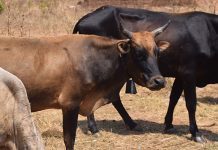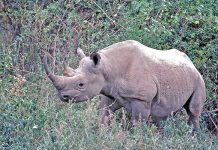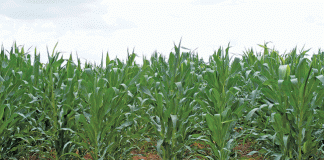
This followed the recently released scientific findings after the death of 350 elephants in Botswana and 35 in Zimbabwe in 2020
The findings were recently published in the peer-reviewed Nature Communications journal.
Bisgaard taxon 45 added to a long list of health challenges that pose a threat to the elephant population in Southern Africa, such as tuberculosis, anthrax, elephant endotheliotropic herpesvirus, encephalomyocarditis virus, floppy-trunk syndrome and malicious poisoning.
READ How elephant populations are being controlled using contraceptives
“We found evidence of the mortalities in Zimbabwe as fatal septicaemia associated with Bisgaard taxon 45, an unnamed close relative of Pasteurella multocida. Post-mortem and histological findings suggest a bacterial septicaemia similar to haemorrhagic septicaemia caused by Pasteurella multocida,” the authors of the report explained.
After the deaths of the elephants in Botswana and Zimbabwe, Pasteurella multocida was already suspected to have been the cause.
At the time, poaching and deliberate poisoning were also suspected but were eliminated in the report.
Speculations that the deaths could be ascribed to infectious diseases and increasing habitat stress as a result of the ongoing drought and climate change were also dismissed.
“We analysed elephant carcasses and environmental samples and failed to find evidence of cyanobacterial or other intoxication. Post-mortem and histological findings suggest a bacterial septicaemia similar to haemorrhagic septicaemia caused by Pasteurella multocida,” the researchers said.
The largest elephant population in Africa, estimated to be 227 900 in 2022, occurred in the Kavango-Zambezi Transfrontier region.
“The source of infection and route of transmission remains unknown in this outbreak. Bisgaard taxon 45 has been isolated from clinically healthy psittacine and may represent a previously unknown part of elephants’ normal flora in this region,” the scientists said.
Researchers suspected that some of the cases from the region in the past might have been erroneously passed off as anthrax.













